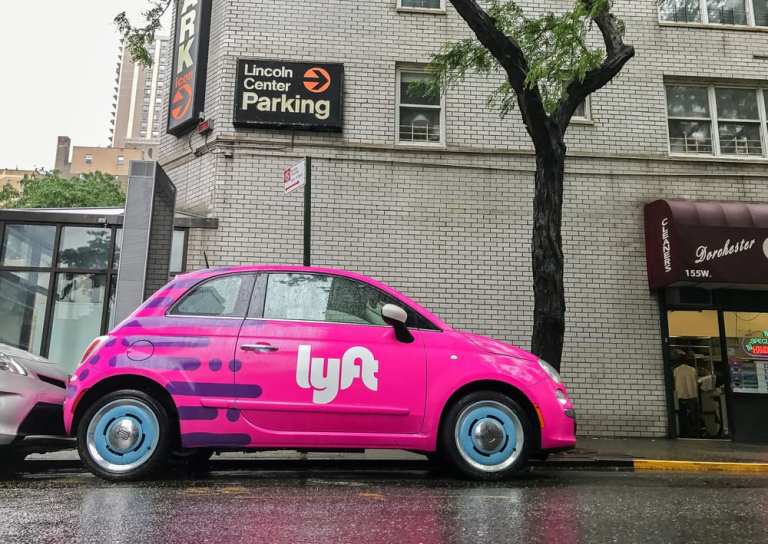Lyft Vies With Uber For IPO, Uses Growth To Draw Investors

Ride-hailing app Lyft, an Uber competitor in the U.S. and Canada, is attempting to become the first publicly listed ride-hailing company, according to a report from Reuters. However, so is Uber.
Lyft is going to tell investors that its market share has grown to almost 40 percent, from 35 percent at the beginning of 2018. In its bid for expansion, the company been pushing harder into mid-sized and smaller cities. Since 2017, it has also tripled the number of cities it serves in America and Canada, to 600.
The company faces pressure as it is in a race with Uber to reach an IPO. Some analysts think that it could come as early as Q2 of 2019.
The advantage of Lyft getting there first is that it won’t be judged based on the valuation of Uber, which is a much bigger company. Uber’s revenue for Q3 in 2018 was $2.95 billion, which is an increase of 38 percent from a year before. The company operates in 70 countries and doesn’t just provide ride-hailing – it also has businesses in food delivery, air taxis, AI research, driverless cars and freight.
Although Lyft doesn’t share its financials, the company is estimated to be worth somewhere between $20 billion and $30 billion. Uber, by contrast, is reportedly worth about $120 billion.
One of the things that has helped Lyft grow recently is a number of scandals that rocked Uber and forced it to oust its CEO. There have been sexual harassment allegations by female employees, along with news that the company was using illegal software to trick regulators.
The company hasn’t fared well in the court of public opinion, as a #DeleteUber campaign has spread on social media. The bad press for Uber has helped Lyft to grow, without having to spend any money on marketing.
Jim Williams, chief investment officer of Creative Planning, said the IPO market is focused on growth, and that investors will assess both companies based on the total number of new riders and total rides.